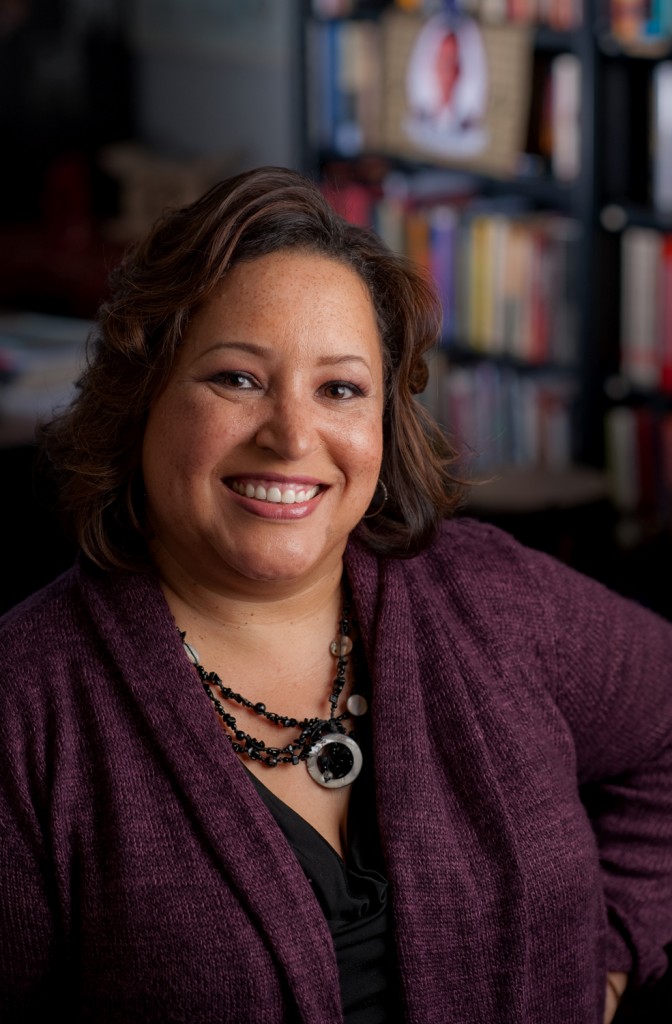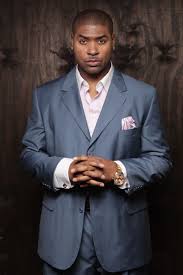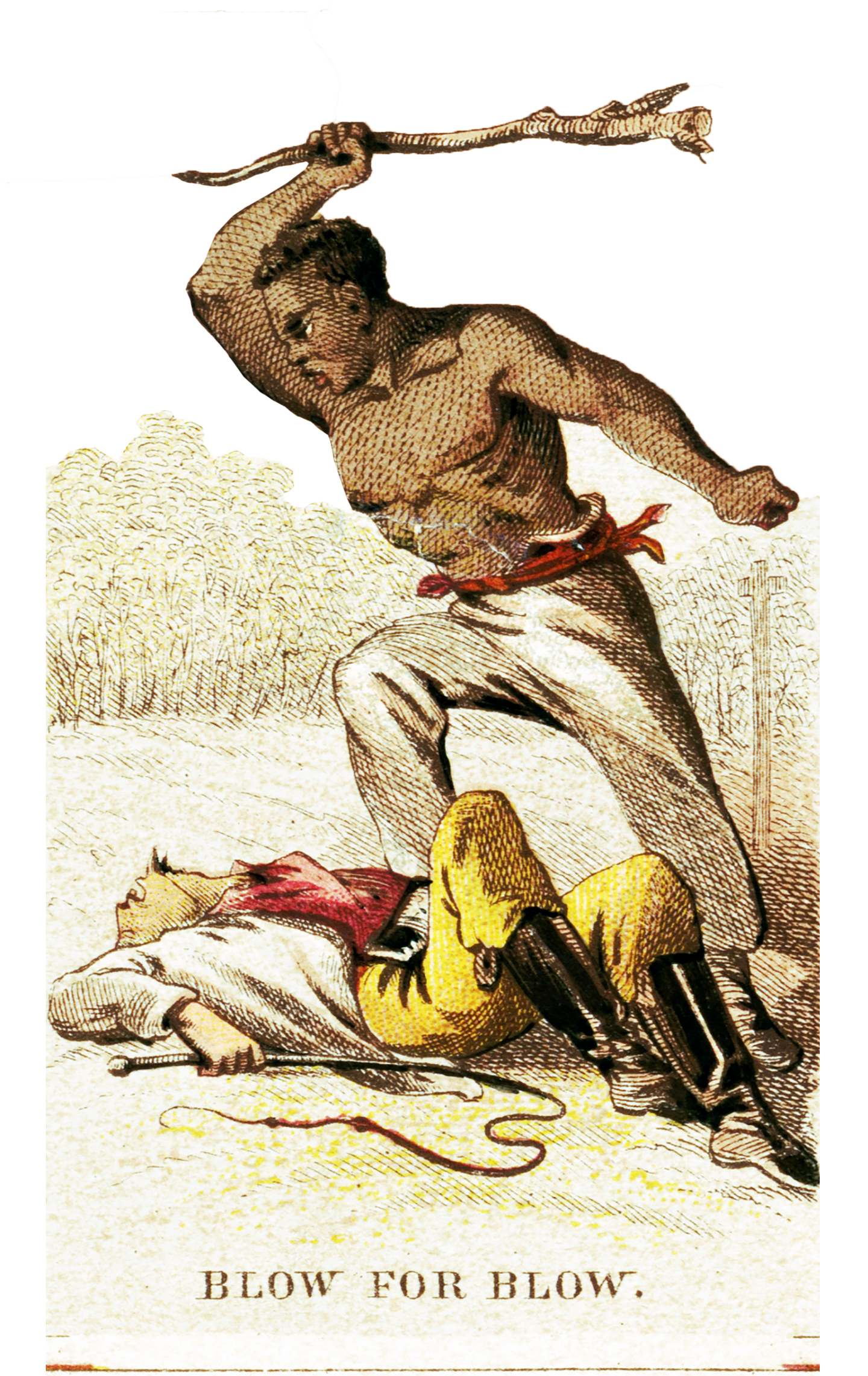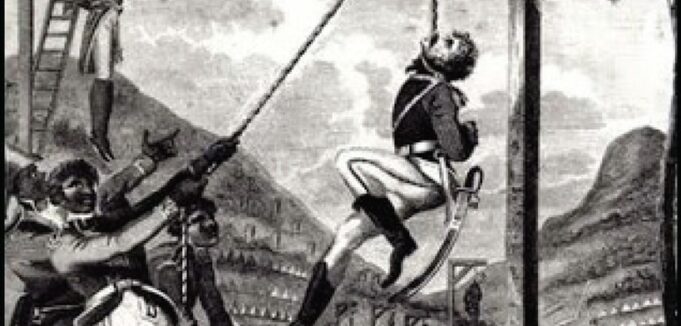The year is 1526. A man named Lucas Vazquez de Ayllón sets sail from Santo Domingo to South Carolina, 100 enslaved Africans in tow. But the colony he and other Spanish settlers set out to establish does not last long. The settlers suffer from famine and disease, and factions form after Ayllón’s death. This gives an opening for enslaved Africans, with the help of neighboring Native Americans, to rebel, set fire to settler dwellings and flee from the settlement.
“They tried to set up a colony. The Black people rebelled against the Spanish and actually ran them off the land,” said Tariq Nasheed, producer of the documentary film series ‘Hidden Colors,’ to The Final Call.
This was one event of many throughout history where Black people rebelled and resisted against European oppressive forces. Contrary to some false narratives, Black folks did not sit idly by as victims or cowards.

“When we think about White supremacy and capitalism, the motivations of White supremacy and capitalism that led to the formation of racial chattel slavery in the New World. When we think about that, we must know that for the captives, resistance and rebellion was present from the moment that manacles and shackles went on their bodies,” said Dr. Jessica Millward, associate professor of history and African American studies at University of California Irvine, and curator of a digital archive, Activist Studio West, dedicated to political prisoner Mumia Abu-Jamal,
About a century after the 1526 rebellion, Queen Mbande Nzinga of what is now Angola waged war against the Portuguese and drove them from her land during the Portuguese expansion of slavery. Still, a century after that, on Sep. 9, 1739, the Stono Rebellion occurred in America.
Henry Louis Gates, Jr. wrote a series for PBS, The African Americans: Many Rivers to Cross, where he detailed the five greatest slave rebellions in the United States. He described the Stono Rebellion as the largest slave revolt ever staged in the 13 colonies.
“About 20 slaves under the leadership of a man named Jemmy provided Whites with a painful lesson on the African desire for liberty. Many members of the group were seasoned soldiers, either from the Yamasee War or from their experience in their homes in Angola, where they were captured and sold, and had been trained in the use of weapons,” he wrote.
“They gathered at the Stono River and raided a warehouse-like store, Hutchenson’s, executing the white owners and placing their victims’ heads on the store’s front steps for all to see. They moved on to other houses in the area, killing the occupants and burning the structures, marching through the colony toward St. Augustine, Fla., where under Spanish law, they would be free.
“As the march proceeded, not all slaves joined the insurrection; in fact, some hung back and actually helped hide their masters. But many were drawn to it, and the insurrectionists soon numbered about 100. They paraded down King’s Highway, according to sources, carrying banners and shouting, ‘Liberty!’—lukango in their native Kikongo, a word that would have expressed the English ideals embodied in liberty and, perhaps, salvation,” he continued.
“The slaves fought off the English for more than a week before the colonists rallied and killed most of the rebels, although some very likely reached Fort Mose. Even after Colonial forces crushed the Stono uprising, outbreaks occurred, including the very next year, when South Carolina executed at least 50 additional rebel slaves.”

Mr. Nasheed also brought up the Yamasee people. “There were the Yamasee wars, where they were fighting the White supremacists for a long time. These were Black Aboriginal people, so we really have to understand a lot of the history that is hidden,” he said. “Other rebellions we saw in the Caribbean. In Jamaica, the Maroons.”
The Spanish gave the name “Maroons” to freed slaves in the Americas and Caribbean. Maroons in a mountainous region of Jamaica had conflicts with first the Spanish and then the British. “By 1720, the Maroons took the offensive, mounting raids against British plantations along the base of the mountains. From 1729 to 1739, a state of open warfare existed between the British and the Maroons,” according to a project on Harvard University’s website. “The first British governor, Robert Hunter, was frustrated by Jamaica’s mountainous terrain, which the Maroon leaders used to their advantage.”
Dr. Millward said in societies where there was enough space for Africans to flee, they usually fled to a swamp or mountainside where they could fortify their surroundings.
“They were able to hold the slaveholders at bay. In fact, we know in places like Jamaica, slaveholders were actually afraid to send people, because the fugitives weren’t having that. Not only did they escape, they became a formidable force that slaveholders did not want to deal with, because they could match violence with violence,” she said. “So we think about people, Queen Nanny of the Maroons who’s now on the money in Jamaica, who staved off the British encroaching yet again onto Jamaica and trying to claim it permanently for the Crown.”

She said women have always been present in Black rebellions.“When you think about the ways in which racial chattel slavery in particular profited from the wombs of Black women, Black women were enslaved and raped, only to produce more slaves for the slavocracy. When you think about the ways in which Black women resisted their exploitation, they are known to have been key people in any rebellion on whether slave ships or on plantations, because they had access to ‘the White man,’ or at least they could be above deck because White men wanted access to them sexually,” the African American studies professor said. “So that put them in a position that they could hear what was going on, they knew the schedules of the people holding them captive and they could help plan rebellions.”
Another successful rebellion was the Haitian Revolution, which occurred between 1791 and 1804. “The Haitian rebellion, which is the most successful slave rebellion in recorded history, where it was the only time a slave population rose up against the oppressors and overthrew the entire government. Over here in the Americas, we know about the (Gabriel) Prosser rebellion. Nat Turner,” Mr. Nasheed said.
He also brought up the Great Dismal Swamp in the Virginia and North Carolina area, which was inhabited by Black people who escaped from slavery.
“The White supremacists would not go in that swamp, because it was too dangerous and a lot of them would not leave alive. In fact, Nat Turner, when he had his rebellion, that’s where he was headed to. They got him before he got to the swamp. The swamp was a safe place for centuries in this country, and a lot of people do not talk about that swamp,” the filmmaker said. “A lot of people don’t talk about another very successful rebellion here in America, which is the Seminole rebellion. The Black Seminoles were the only group who actually won their freedom here in the United States. They fought the American government. The American government could not beat the Black Seminoles. They sent the army down there over and over again. They could not defeat them.”
He said the American government ended up forming a treaty, giving the Black Seminoles their freedom. “That was a very successful slave rebellion. They don’t talk about it in those terms. So, we’ve always resisted White supremacy and slavery and oppression, and we’re still doing it now,” he said. “When we see the protests going on around the country, that’s us still rebelling and resisting against the injustice. We’ve almost been defined by our fighting against the oppressive system of White supremacy.”
Fast-forward several decades. Master Fard Muhammad had already come and founded the Nation of Islam in 1930. The “Do For Self” program of His Messenger, the Most Honorable Elijah Muhammad and the clean cut, disciplined Muslims he produced were an example and demonstration of Black self-reliance and revolutionary thought. The Black militant group Deacons for Defense and Justice popped up in 1964. The Black Panther Party came on the scene in Oakland, Calif. October 1966.
Stokely Carmichael, chairman of the Student Nonviolent Coordinating Committee (SNCC), was about to speak before a roaring crowd in 1966 in Greenwood, Miss. during the March Against Fear. The crowd explodes with, “We have been saying freedom for six years and we ain’t got nothing.”
Mr. Carmichael responds with, “We have got to get us some Black Power!” He later explained that the slogan was, “a call for Black people in this country to begin to define their own goals, to lead their own organizations.”
Eric Ture Muhammad, a spiritual son of Stokely Carmichael later known as Kwame Ture, told The Final Call, “Mukasa Willie Ricks was an organizer with Kwame. They were together in Greenwood and Kwame was at a loss for words during his speech, so Willie called out Black Power. What do we need? Black Power! The people started yelling Black Power.”
“It became the rallying cry, Kwame embraced it and ran with it. He helped to develop a whole methodology and concept. Black power was born in Greenwood, Mississippi in the need for people to create their own voice,” said Mr. Muhammad.
The Black Power Movement was a major part of Black resistance in the 1960s. Mr. Carmichael would later leave SNCC and join the Black Panther Party. After that, he became the leader of the All African People’s Revolutionary Party.
Mr. Nasheed said Black people get a sanitized version of the leaders and groups brought up during Black History Month.
“They’ll promote Dr. King. They will just stick to the non-violence. They’ll keep talking about how Dr. King loved non-violence. He said non-violence. Dr. King had armed people with him. Dr. King had people with guns with him. He had the Deacons for Defense backing him up,” Mr. Nasheed pointed out. “Dr. King also talked about reparations for Black people, too. This is something that they don’t like to talk about. They like to pick and choose the things they’re going to use,” he added.
Dr. Millward explained that there has never been a moment when Black existence wasn’t a threat to the dominant White power structure.
“There’s something with a Black person holding a gun and choosing to retaliate that shakes the foundation of White supremacy to its core,” she said. “The implications of that, we know, is that a child, a Black child doesn’t even need to be holding a real gun or a toy gun and they have been gunned down because there’s such a threat of a Black body, a Black man, a Black woman,” said Dr. Millward. She said, if she could give any message for Black people: “We’re still here.”
“Despite it all, we are still here. And I’ll say it again. I’ll say it slowly,” she said. “Despite it all: We. Are. Still. Here. That’s the message. We are unconquerable.”
Nisa Islam Muhammad contributed to this report.













